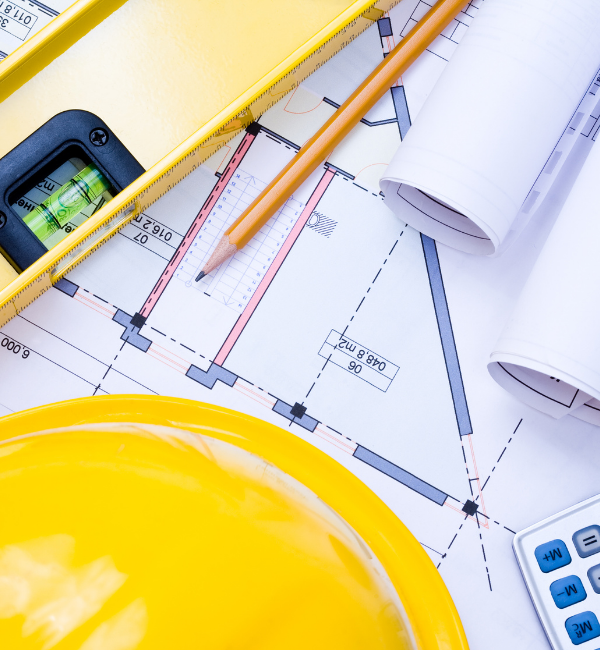Bridges, Strong and Stable Structures - Virtual Outreach


Students will get to learn about what a structure is and what materials can be used to build a strong and stable bridge.
What You Need
Introduction
- A small piece of clay (enough to make 4 mini marshmallow sized balls) per student
- Toothpicks (4 per student)
- 1/2 pieces of spaghetti (2 per student)
Activity: Bridge Building
- Popsicle sticks (6 per student)
- Tape (5-6 rolls of electrical tape, shared between students)
- Toothpicks (6-10 per student)
- String (1 partial roll or full roll, with 1-2 foot pieces before student)
- Elastics (2-3 per student)
- Straws (5 per student)
- Pipe cleaners (1-2 per student)
- Newspaper or newsprint (2 sheets per student)
Lesson Plan:
Video:
Safety Notes
As a Let’s Talk Science volunteer, safety must be foremost in our minds during all activities. As STEM role models, volunteers must always also model safe science practices.
Always keep in mind the following precautions:
- Emphasize and demonstrate appropriate safety procedures throughout the presentation.
- Be professional but have fun.
- Keep workspaces clean to avoid tripping hazards.
- Allergens should have been checked before reserving the kit (e.g. allergies to latex).
What To Do
Introduction
Ask the educator to pass out the materials for the introduction.
- Ask the students to try and build a square using the sticks and clay.
- Test the strength of the square by holding up the square by the corner to see if it holds up. If it doesn't hold up, get the students to try to build it again but stronger.
- After this, have the teacher play the Tacoma Bridge video.
Activity: Bridge Building
After watching the video, students will get to build the best bridge that they can. You will get to use the engineering process to do this. Your budget only allows you to use the materials on the table (the space the teacher has placed all the materials) [or in your kit or what you have at home]. You must draw out your bridge design before using any materials and you must use at least one piece of paper in your design. Once you decide on the materials to use and have them included in your drawing, you can start to build. You can only use the materials in your drawing to start. We’ll test your bridge by placing books on it. You’ll be making a Beam Bridge which is a bridge where there is a flat surface across two points. Today those will be two chairs (get the teacher to show two chairs separated). When we put a beam across two points with a space in between there is the force of tension on the bridge. Tension is like each end is in a tug-of-war. When we test your bridge we don’t want to see any compression – that’s the force that causes a squeezing together or your bridge to sag in the middle.
Go through the tasks below and build the strongest bridge you can that spans 45 cm.
- Draw your design including whatever materials you want (you cannot use more than 6 sticks or 5 straws).
- You will have to use at least one piece of paper in your design.
- Once you have your design drawn, you cannot change the design - you must build the bridge you designed.
- Build your bridge.
- Test it with books for weight.
- If time permits, go back and change or add new materials to make it stronger.
